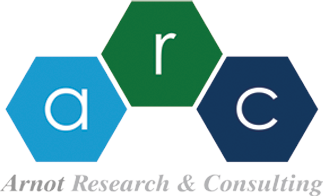RESEARCH
ARC improves scientific knowledge for the potential risks chemicals may cause humans and the environment. We develop and apply our databases and models for chemical hazard (e.g., Persistence, Bioaccumulation, Toxicity) and risk assessment. Compared to the thousands of chemicals used in society, measured information for chemical concentrations in the environment is often quite limited and there is a recognized need to minimize animal testing. It is not possible to measure “all chemicals in all things” due to analytical limitations and enormous financial costs. To address these challenges and scientific uncertainties, we:
· Develop and test environmental fate, physiologically-based toxicokinetic (PBTK), bioaccumulation, exposure and risk estimation models. These mass balance models build from decades of research to predict and simulate chemical behaviour in test systems (e.g., in vitro and in vivo bioassays), toxicokinetics in animals (e.g., fish, rodents, humans), and fate in the natural environment. Our models are commonly applied in regulatory contexts to simulate chemical exposures and risks to ecological receptors (e.g., RAIDAR model) and to humans (e.g., RAIDAR-ICE model).
· Develop and critically evaluate databases of measured information such as physical-chemical properties (e.g., water solubility, octanol-water partition coefficient), bioaccumulation in fish, in vitro and in vivo biotransformation rate constants in various species, environmental degradation rates and half-lives and toxicity data in a wide range of species.
· Develop and validate Quantitative Structure-Activity Relationship (QSAR) models to predict chemical information such as biodegradation half-lives (e.g., by microorganisms) and biotransformation half-lives (e.g., in fish and humans). This chemical information is used in hazard, exposure and risk assessment.
The models can be used to interpret the measured data and to complement measurements by addressing data gaps for chemical assessments. The models also can be used to make predictions (hypotheses) to guide research needs (e.g. when there are no measured data) and to inform experimental testing. In turn the model predictions (hypotheses) can be tested with new measurements. This iterative process of model development, prediction and testing improves scientific understanding and provides confidence in applying the models for chemical assessments. Some of the models we have developed are used in regulatory programs and these models can also be used to promote “green chemistry” and sustainability.
